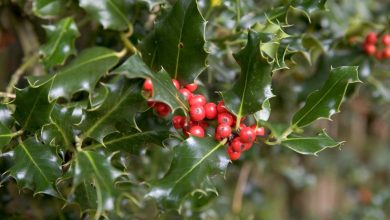thistle borriquero, a wild plant
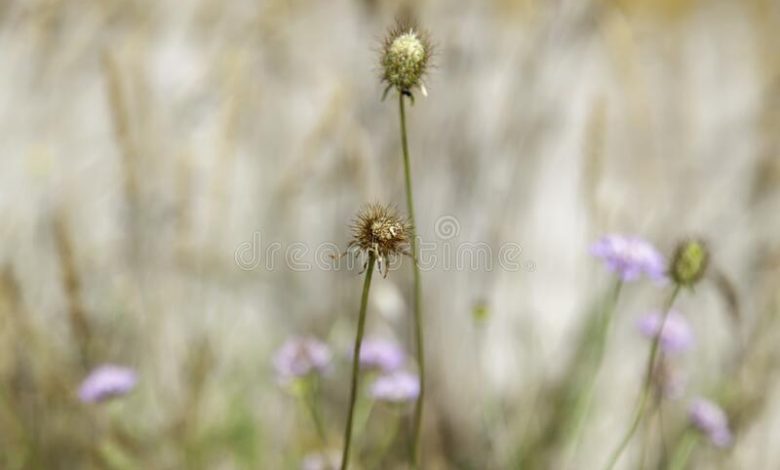
Onopordum acanthium is one of the most common thistles in the Mediterranean. However, it is a very interesting species, not only because of its purple flowers, which make it an ornamental plant, but also because it has healing properties and can survive in adverse environmental conditions.
Borriquero thistle is a herbaceous plant, that is, it does not have permanent woody organs, but instead has green stems that die at the end of the season. It belongs to the Asteraceae family, so it has a complex inflorescence, which means that the flowers emerge from the stems in the form of clusters. Although it is native to Europe and Asia, it has become naturalized in many other regions of the world.
Brief description of Onopordum acanthium
It is good to know that this species is considered a wild plant, since borriquero thistles grow spontaneously in vacant land, as well as on the edges of roads, paths and watercourses. Likewise, it can develop at sea level and up to 2000 m altitude, so it has a great capacity for adaptation. Its biological cycle usually lasts from 12 to 24 months, which is why it is considered an annual or biennial plant, depending a lot on the climate of the area.
In botanical terms, we can say that the Onopordum acanthium is very similar to other types of thistle. It is characterized by having many stems, generally gray-green, as well as an arachnoid foliar garment, that is, a kind of fairly dense unicellular hair that covers the sessile glands, which are leaves that arise directly from the stems, without a corner.
The plant can be very short or reach 2 m tall, while the stems can be 4 to 25 mm wide and have numerous 2 to 10 mm spines. The ramifications are more abundant in the upper part. For its part, the leaves are usually a bit fleshy and can measure a maximum of approximately 35 x 17 cm. They have a lanceolate or elliptical shape and are found in greater quantity at the base, while at the tip of the stem they are scarce.
The flower of the Borriquero thistle is very showy. It is presented in the form of a capitulum with light purple-red tubular florets on the disk. Underneath it has a spherical involucre with hard, spiny-tipped bracts. Capitula can grow singly or in groups on the branches of the crown.
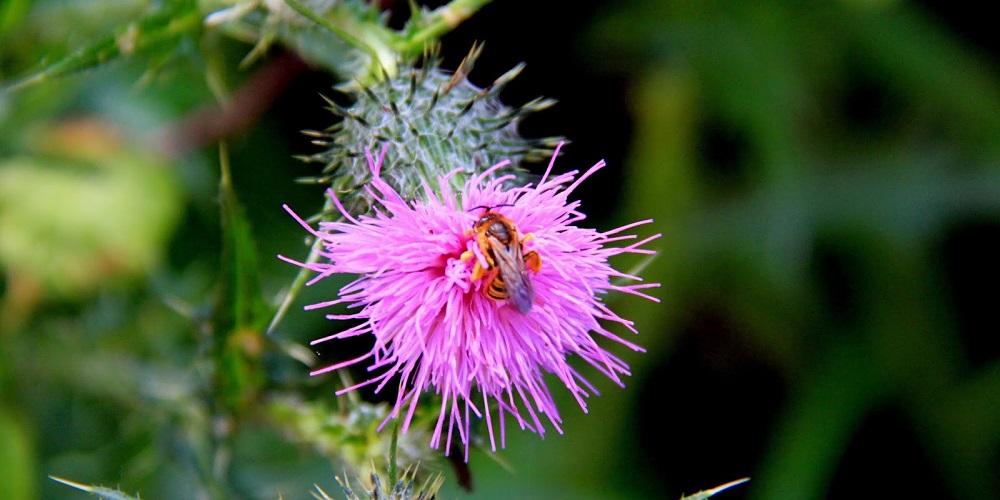
Uses and properties of Borriquero Thistle
Like most wild thistles, Onopordum acanthium is not only cultivated for ornamental purposes due to its abundant foliage and showy flowers, but it is also used in many places as a therapeutic plant. For example, when the plant is dry it is used to make infusions, in addition, it is possible to prepare fresh or powdered tincture, placing it in an airtight container with a little water and enough ethyl alcohol, preferably without flavor, such as vodka.
Although it may not seem like it, it is an edible plant, but you have to know how to prepare it, since it has many thorns and its hard skin is very bitter. If you don’t know how to clean borriquero thistle, you can start by washing it very well with water, and then remove the leaves and flowers with the help of a knife. You can use the stems like any other vegetable, removing all the skin until the central whitish pulp is obtained, then you can chop them and cook them in hot water and salt to taste.
As for storage, borriquero thistle tinctures can last a long time, something similar happens with the oil from the seeds, which can be saved and used for cooking, but also as a topical for external use. Also, the stem pulp can be preserved in jars with white vinegar and salt. In fact, a fermented juice of this plant was previously prepared to be used as a drink at parties.
The properties of borriquero thistle are similar to those of the artichoke. It contains aesculin, which works as a natural diuretic, alkaloids that reduce pain, tannins that are prebiotic compounds and promote digestion, as well as other active ingredients that promote health. In the Mediterranean, many farmers mention multiple benefits of Borriquero thistle, such as the treatment of cough, kidney conditions, wound healing, among others. In addition, it has been used in the treatment of ulcers and cancers. Recently, the possible activity of the crude extract of borriquero leaves against a malignant tumor called glioblastoma has begun to be studied.
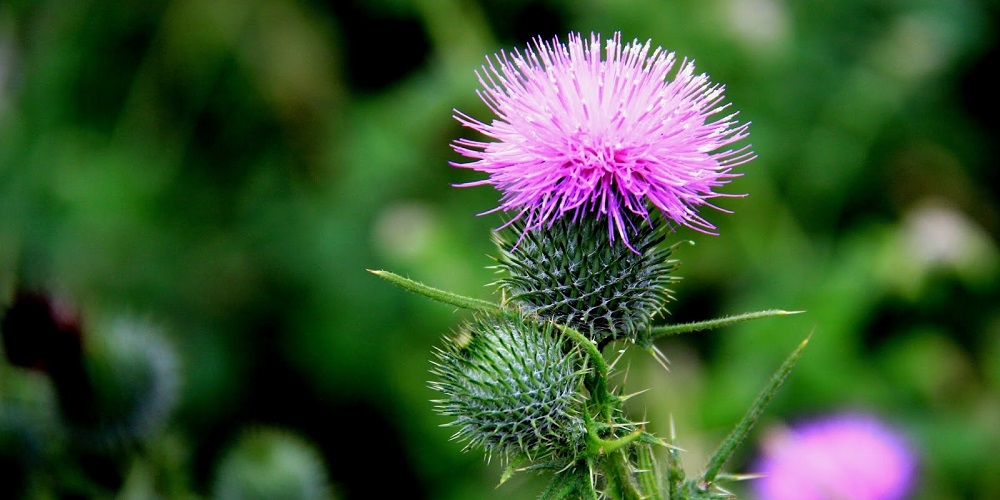
Borriquero thistle and milk thistle
It is necessary to clarify that despite belonging to the same Asteraceae family and being mentioned on many websites as synonyms, the truth is that Onopordum acanthium and Silybum marianum are different species and each one has different characteristics.
Milk thistle is known for its healing properties for liver disorders and although there is not enough scientific evidence, there are those who drink tea from this herb before and after consuming liquors in order to protect the liver from the damaging effects of alcohol. For this reason, if you are a fan of beer mugs, this could be a good option to keep you healthy. However, this is a benefit of milk thistle, not borriquero thistle.
We are dealing with visually very similar plants, but one of the keys to distinguishing them is by carefully observing the flower’s involvement. Borriquero thistle has many more bracts and they are thin, with a spiny appearance, while in the case of milk thistle the bracts of the involucre are larger, less sharp in appearance and appear in smaller numbers.
How to grow borriquero thistle?
As we have pointed out, this plant can adapt to many environmental conditions and does not need special care, therefore the cultivation of Borriquero thistle is very simple. However, it cannot survive in the shade, as it prefers hot and dry soils. Regarding the altitude, it can develop correctly at different heights, however, a soil with good drainage and the use of organic fertilizer is recommended, especially in case of using the plant as food or alternative medicine. Flowering occurs between May and September, however, it is important to mention that in the United States, Australia and some regions of South America this species is considered invasive and harmful to agriculture.

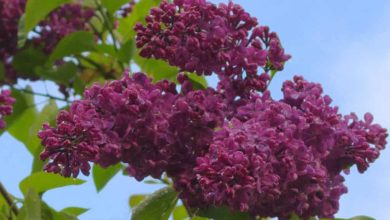

![Photo of Learn to Plant Garlic: How, When and Where to Do It [12 Steps]](https://www.complete-gardening.com/wp-content/uploads/2022/08/learn-to-plant-garlic-how-when-and-where-to-do-it-12-steps-390x220.jpg)
